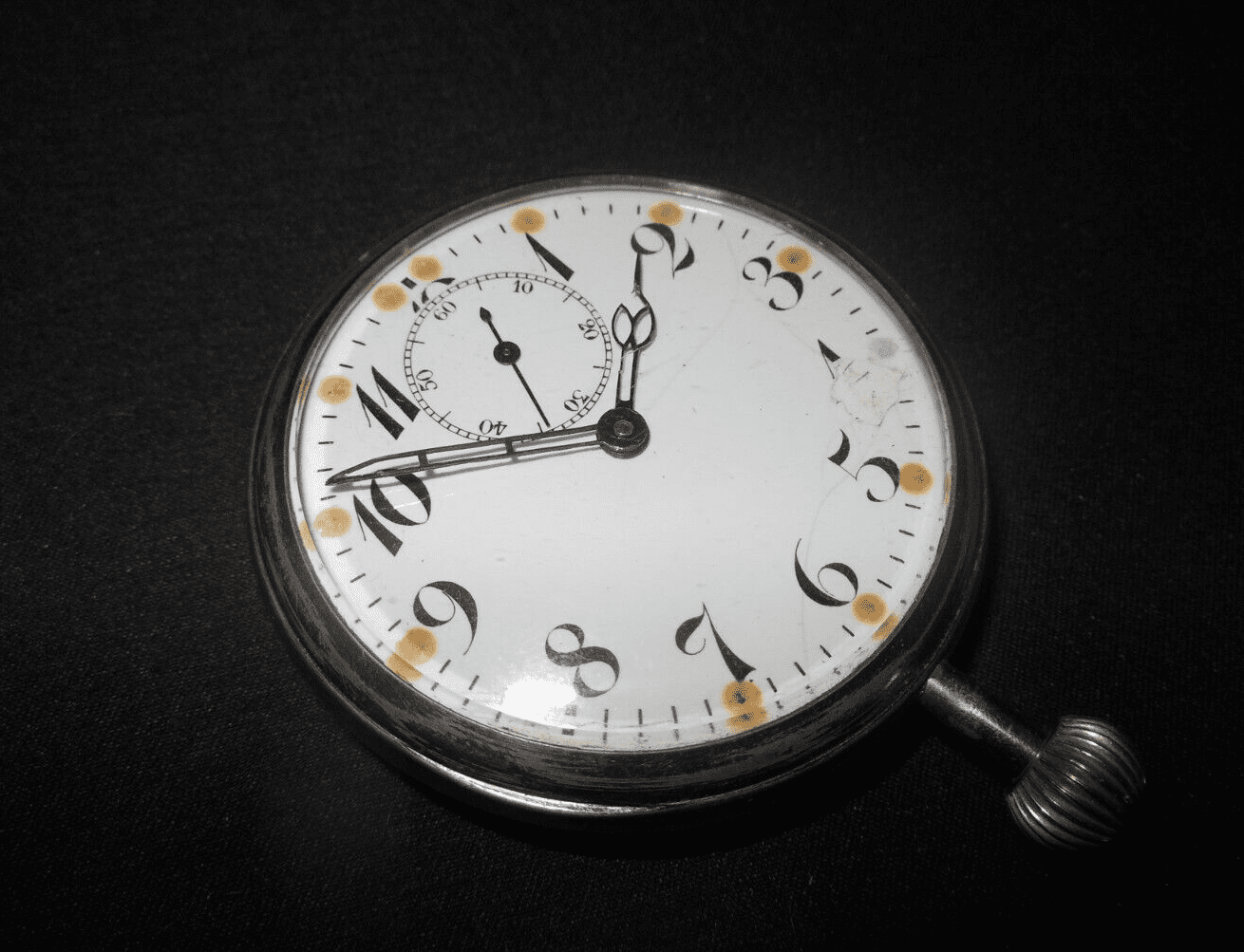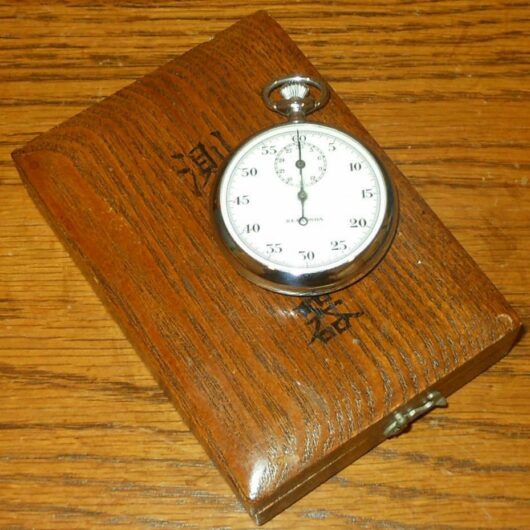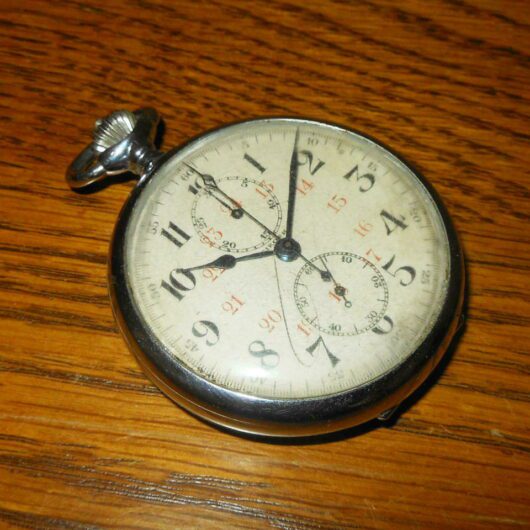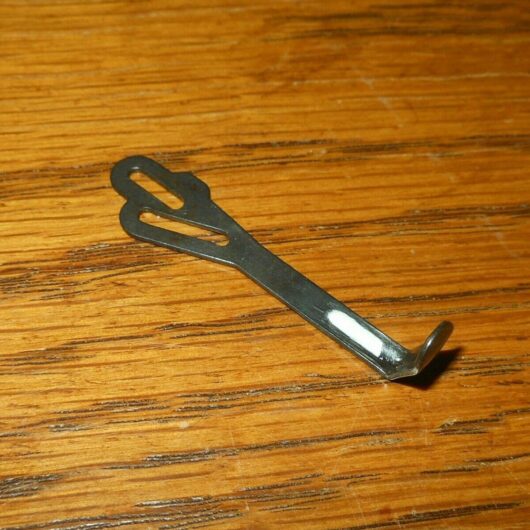Description
Throughout WW1, Pocket Watches were adapted by re-positioning the winding crown at the base. This allowed them to be easily accessed by the pilot when mounted on the instrument panel. Used on the Albatros, Gotha WD.11, and other aircraft!
Naval trials of balloons began in 1891, but the results were unsatisfactory and none were purchased by the navy. In 1895 Count Ferdinand von Zeppelin attempted to interest both the army and navy in his new rigid airships, but without success. The Zeppelin rigids were considered too slow and there were concerns with their reliability operating over water. In 1909 the navy rejected proposals for aircraft to be launched from ships, and again in 1910 declined Zeppelin’s airships.
In 1910 Prince Heinrich had learned to fly and supported the cause of naval aviation. In 1911 experiments took place with Albatros seaplanes and in 1912 Tirpitz authorized 200,000 marks for seaplane trials. The Curtiss seaplane was adopted. By 1913 there were four aeroplanes, now including a British Sopwith, and long-term plans to create six naval air stations by 1918. By 1914, the Marine-Fliegerabteilung, the naval counterpart to the well-established Fliegertruppe land-based aviation units of the Army, comprised twelve seaplanes and one landplane and disposed of a budget of 8.5 million marks. Trials in 1914 using seaplanes operating with the fleet were less than impressive; out of four taking part one crashed, one was unable to take off and only one succeeded in all tasks. The most successful aircraft had been the British design, and indeed experiments in Britain had been proceeding with the support of Winston Churchill, and included converting ferries and liners into seaplane carriers.
Made of nickel, this Swiss-made Revue Aircraft Cockpit Clock is in EXCELLENT functioning condition. As it is in used condition, the crystal shows some light scratches, and the dial and hands show wear. Note that because I use a camera flash, the scratches show up more pronounced than they actually are in person. The manufacture name is clearly marked on the movement, and was manufactured in 1909. Being in used condition, the case does show some signs of wear (scratches, marks, patina), but it is in otherwise VERY NICE condition for its age. The reverse features the Imperial Navy Crown and “M” for “Marine”.









